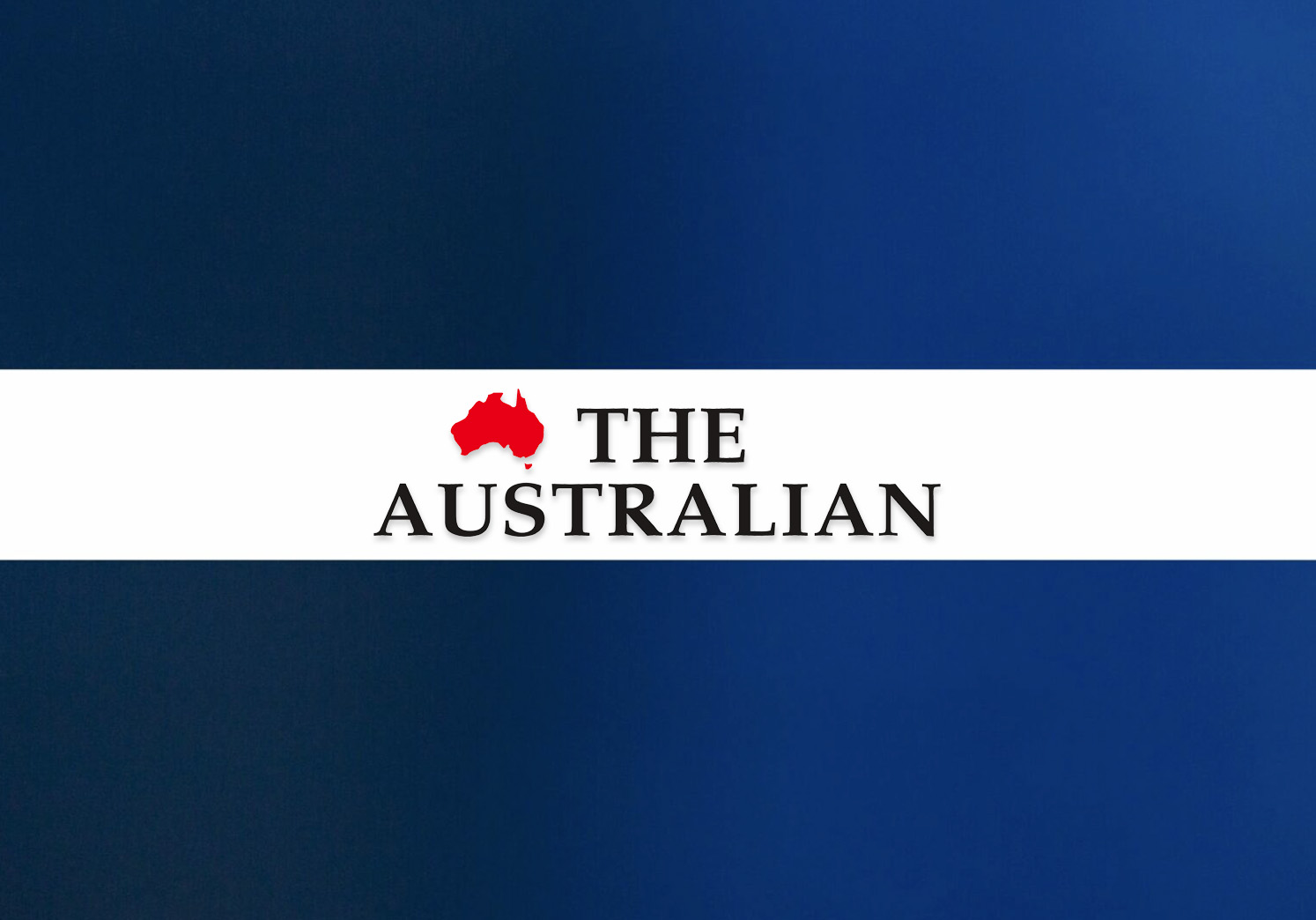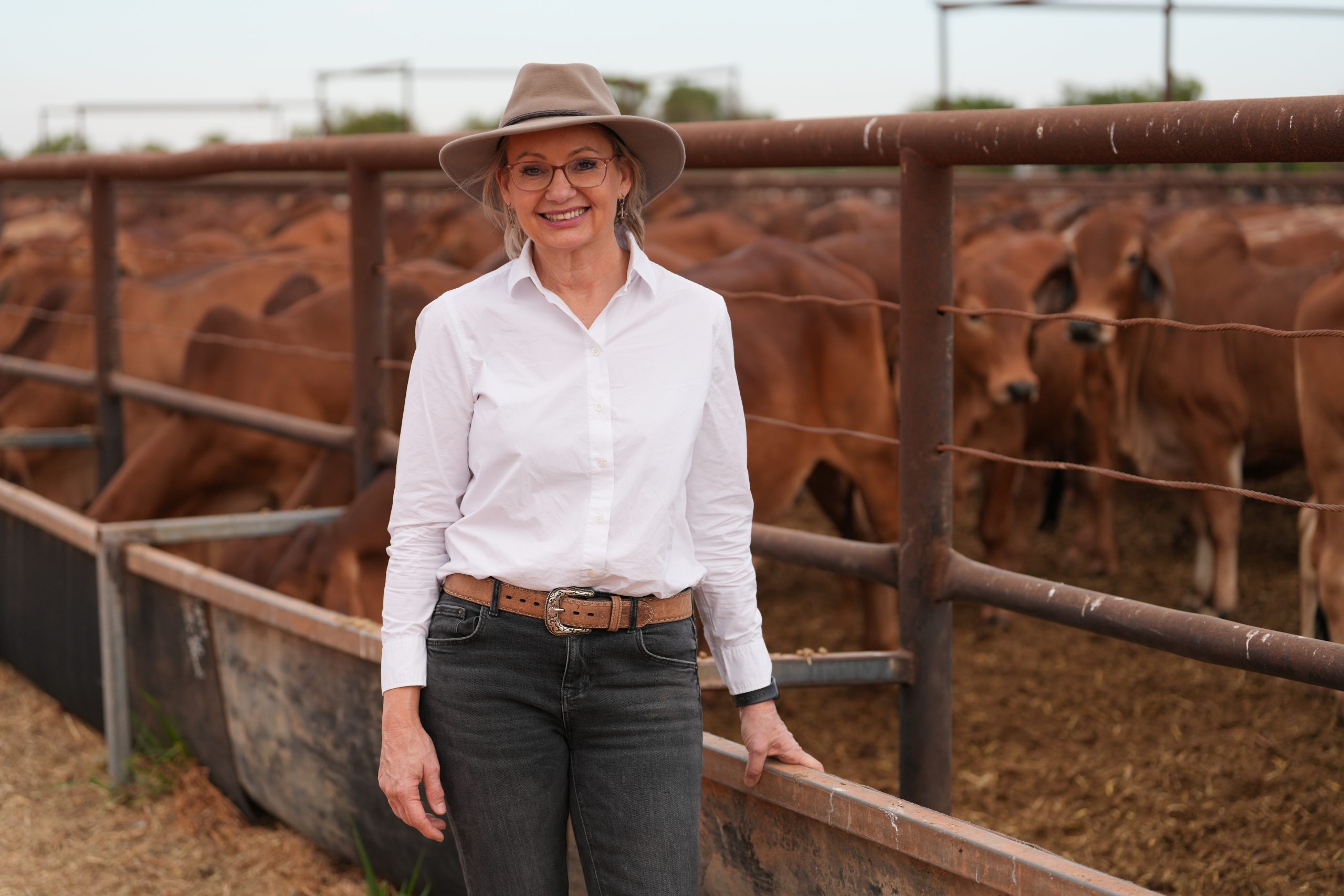
Article by Tom McIlroy, courtesy of The Guardian.
03.10.2025
Snowy Hydro is preparing for another significant cost overrun on the massive Snowy 2.0 project in the Kosciuszko national park, with a line-by-line reassessment ordered from contractors on Friday.
The giant pumped hydro project, first touted by the Turnbull government in 2017 as costing $2bn, was later revised to a cost of $5.9bn. Escalating to almost $13bn in 2023, construction is due to be completed by the end of 2028.
The Snowy Hydro chief executive, Dennis Barnes, said the latest cost assessment was deemed necessary due to significant supply chain price increases, including related to an underground power station, as well as delays from stoppages in 2024 with a major tunnel boring machine. He said the cost of adding a fourth boring machine could not be covered within the most recent project price tag.
The nine-month process to determine a new total price tag will be completed by the project’s Italian construction partners, Future Generation Joint Venture.
Barnes said the project was 67% complete and good progress has been made since a major reset in 2023, but productivity improvements had not been as significant as required.
The project aims to link two existing Snowy reservoirs by tunnels up to 27km in length. Once completed, it will be able to generate 2,200 megawatts of power.
“We have gradually come to the realisation, and then quickly come to the realisation that we’re not going to achieve the schedule at target cost of $12bn,” Barnes said.
“We need some time to do a proper analysis of what the final cost will be, but it was clear as we were finalising our annual report that we weren’t going to be able to achieve the $12bn.”
The Albanese government has been made aware of the looming cost blow out. Snowy Hydro is wholly owned by taxpayers, with the climate change and energy minister, Chris Bowen, and the finance minister, Katy Gallagher, the only shareholders.
Asked how much the latest blowout could be, Barnes conceded the stocktake would not be necessary if it was a minor increase in price.
“This is a project which is probably doing the hardest part of the energy transition, which is that long duration storage,” he said.
“We’re doing that in probably one of the most unique construction environments.”
He said the Australian Energy Market Operator’s integrated system plan to achieve net zero carbon emissions by 2050 showed more than half of the long duration storage needed in Australia was expected to come from Snowy 2.0.
“I struggle to see how we will get that balance of renewable and reliability without Snowy 2.0.
“Obviously, when you announce a problem, be it time or safety or work cost or whatever it might be, it is going to dent confidence in the project. But I think the informed observer absolutely knows this is needed for the transition,” he said.
Last year, the company revealed a boring machine that had previously bogged in soft ground had become wedged in hard rock. Named Florence, the machine was turned off due to rock pinching and faced lengthy delays. Since the project reset, progress has been steady and a new tunnel boring machine, named Monica, is being delivered to the site. It will begin work at the end of 2025.
Snowy Hydro said the first permanent structures at both ends of the tunnel system are now being built, for the entry and exit points for water, from Tantangara Dam to Talbingo Reservoir.
Bowen said the project had been effectively stalled when Labor came to government in 2022, due to poor planning and a lack of oversight.
“This costs reassessment is disappointing and the government will be scrutinising its findings,” he said.
“This project must be delivered, but it must come at value for the taxpayer.
“Snowy 2.0 is a critical project to Australia’s energy future, providing enough renewable energy and storage to power three million homes for a week.”






